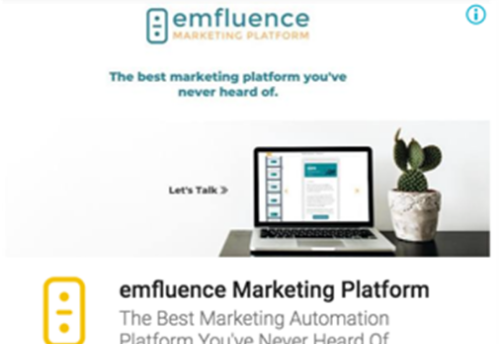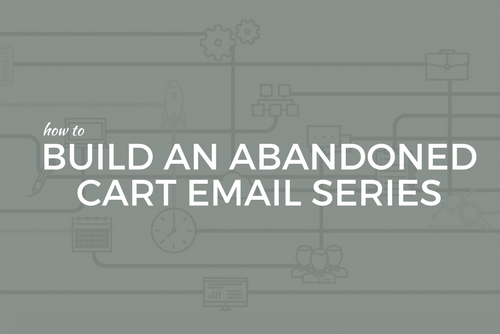The first time I tried to check my bank account from my iPhone, I was Christmas shopping. Panicked, rushed and generally stressed out, I needed to transfer money from one account to another to make purchases. My bank didn’t have a mobile site that I was aware of, so I had to enlarge their regular site to log in. Of course, I typed my credentials incorrectly, fat-fingering the password four times, and I got locked out. The frustration and panic of not being able to transfer money set in.
I called my bank and spoke with a customer service rep about the log-in troubles.
“You know we have mobile banking, right?” she asked. No. I did not know that. I assumed that if they had mobile banking, I would have been automatically redirected to it from the main website. Mobile banking enrollment was easy, thankfully, and was done while on the call. As I hung up, I realized she had not given me a different website address for the mobile site. Instead, I received this text message. “You have enrolled in mobile banking at XYZ Bank. Text BAL for balance or visit our website.” Amazing – it was there all along!
I had spent a total of 20 minutes on this mobile banking project. In that time, the last two Wiis were purchased by what I imagine were less-stressed shoppers.
Out of all the interactions I have had with that bank in twelve years, this is the story I tell when people ask if I liked that bank. But what’s this story have to do with marketing? Actually, everything.
emfluence recently published a white paper on bank on-boarding. The paper cites a recent Ernst & Young 2012 Global Banking Study, wherein people all over the world are having the same issues with their holiday shopping experience: a lack of education — communication — from their banks about the services they offer. Thousands of people cited “impersonal communications” and “lack of services” as one of the top reasons for trying other banks. As attrition rates rise year-over-year, it’s evident that some type of intentional process to educate and engage your customer base is needed.
The emfluence automated on-boarding process starts with a very simple first step. When a customer opens an account at your bank, they should be filling out a needs assessment. Our suggestion is that you expand your needs assessment to include marketing-appropriate questions, allowing the bank customer to tailor the bank’s marketing plan to their unique needs.
After the needs assessment, build your customer’s profile. Each account holder can be funneled down their own pathway, based on their needs and preferences. This funnel, called a Profile Pathway, is re-examined every quarter to ensure it’s the right set of messaging for the customer’s changing financial needs.
Especially in this case, what’s good for the customer is good for the bank, because you will be able to identify high-value customers from day one, and consistently speak to them on their level. The beauty of our automated system is that it serves as the customer service representative to hundreds of customers, keeping them informed while cross-selling offerings they actually need, because they asked for it. And because it’s automatic, it’s a cost-effective way to lower your attrition rates, while achieving account growth and brand loyalty.
Had my bank spent the time to market to me about things I needed and educate me on their services, I might have taken out a car loan with them or started a line of credit. I would have loved to have downloaded their mobile app (if I only knew they had one). Instead, I stopped using that account and opened another account at a bank that caught my eye with “Mobile Banking On-The-Go” because they seemed to speak to my needs more clearly.
I invite you to read our white paper on attrition and on-boarding and contact us or comment below if you’d like to know more about how to build customer profiles into your marketing plan.



